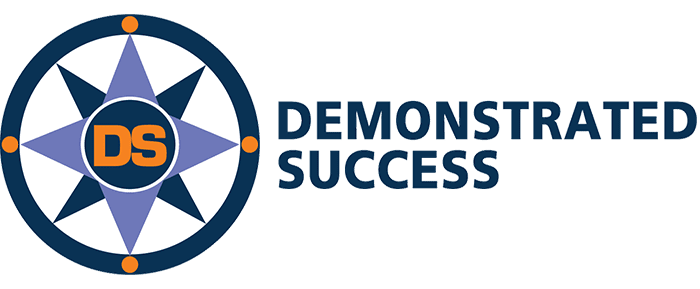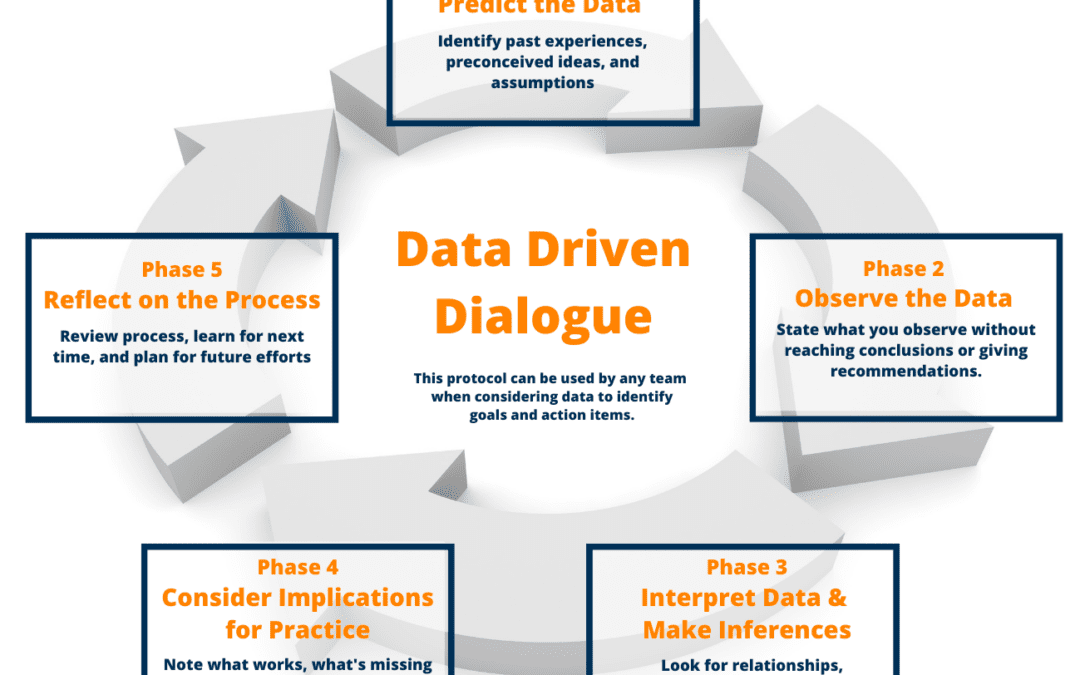Data: a small word with a lot of power, especially as it informs everything schools do. Data helps schools analyze student learning outcomes and needs and gather information about particular school programs. But many schools under-use data or let it get siloed.
Most often, data is used by schools to address immediate problems–low assessment scores within the classroom, poor performance on nationally normed tests, poor ratings from educational institutions. However, data can also be used to help anticipate and avoid problems. Data allows educators to be proactive instead of reactive.
Following a data driven dialogue protocol is the key to helping schools use data more fully and intentionally. Following the protocol encourages educators to return to the data and use multiple data points to gain a fuller picture of student performance and to support evaluative, data-driven decisions around pedagogical practices and professional development and curriculum needs.
Using the data driven protocol can help educators view data macroscopically, for example, by looking at historical data over a period of time (e.g., 3-4 years). This way educators can identify patterns and trends in a grade level or content area, which helps them address areas of concern before they become problems. It also gives educators the opportunity to see and celebrate successes and identify and build on areas of strength.
Educators and building leaders can spend a lot of time reactively putting out small fires. But when they make time to pause and consistently follow the protocols of a data driven dialogue, they have the chance to proactively address barriers to learning, thereby helping to avoid fires all together.

